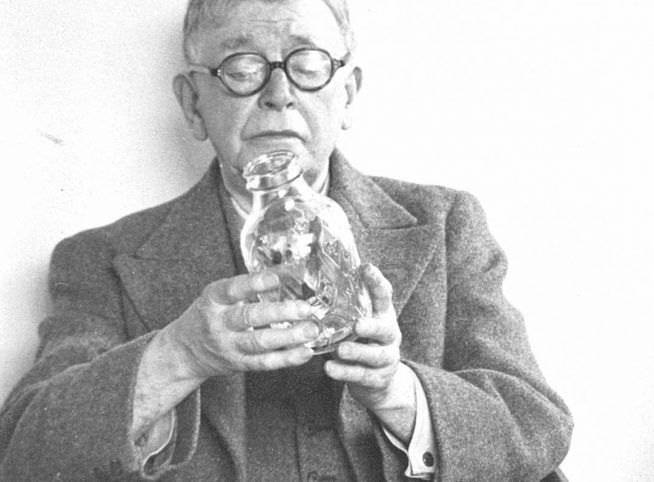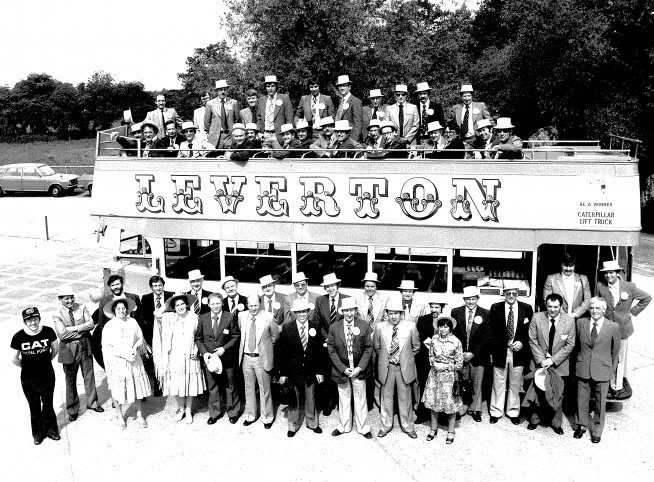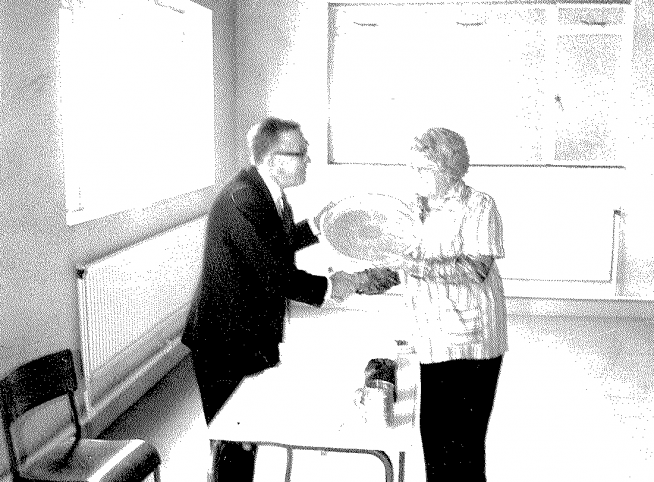The History of Glass Manufacture in the North
‘Made in Britain’ is a phrase we don’t hear so often in relation to many of the products we use in our daily lives. But surprisingly (to some), there is still a wealth of manufacturing in northern England. We’re still here, producing British designed and made glass in the heart of Yorkshire. There is a rich backstory behind the presence of manufacturing in the north and we have done a deep dive into the history of how Northern England became such a strong hub of development.
From Barnhouses to Powerhouses
Northern England’s damp climate made it ideal for the raising of livestock like sheep, meaning that production of textiles such as cotton, linen and wool was strong in the region. But prior to the industrial revolution, this was more of a ‘cottage industry’, with work being done mainly in homes or small workshops. But with the development of more efficient and mechanised production, there was a push on the expansion of large factories, turning small towns into major cities. Over the span of decades, production in the UK changed drastically.
The First Industrial Region
Northern England historically had the advantage of plentiful and easily accessible coal, so the development of steam power meant that, in the 1700s the north was the perfect location for the UK’s first industrial region. This joint with the wealth of rivers in the North, which could be utilised for waterpower, made the North the birthplace of the industrial revolution.
The scattered nature of the North gives it a unique urban form seen in few other countries within Europe. Most other places of similar geography still don’t have quite the same number of competing cities as Northern England developed at the time of the revolution.
Gleaming Glass
The origins of glass making was part of the rich history of manufacturing in the UK. It originally began with small cottage manufacturers setting up near canal networks and then expanded exponentially alongside other forms of manufacturing, pulling in workers from nearby rural areas to keep up with the demand.
Clear glass (more commonly known within Verallia as flint glass) was invented by English chemist, George Ravenscroft in 1676. The development of flint glass was a huge step in the journey to how we make glass containers to this day, as it allowed for the creation of a more beautiful finish. This glass was also much harder than that produced previously, meaning that it could be engraved, widening design opportunities. This discovery also paved the way for the development of coloured glass through the addition of other elements. So really, we have a lot of our current practices at Verallia to attest to the British chemist.




The History of Glass Manufacture in the North
Verallia’s History
Now for a whistle-stop tour of our own history. Our company was set up by three Yorkshire glass blowers and a blacksmith back in 1874. With a story of vision, entrepreneurship and good old fashioned British manufacturing at the core. Our story is an exciting one at points, like when, in 1880, one Andrew Mooney wagered the future of the company on a racehorse named Robert the Devil. Luckily for us, the bet paid off.
The business became Gregg & Company in 1905. Elsewhere in Leeds, at the Albert Glassworks on Clarence Road, Thomas Lax and John Schofield Shaw had built a bottle making business of their own. What followed was acquisitions, with the Leeds and Knottingley businesses being bought by globally respected Associated British Foods plc in 1966 and 1993 respectively. In 1999, the businesses were merged to create Allied Glass Containers Ltd – the UK’s largest independent glass producer. Then in 2022, we were officially acquired by Verallia Group.
Our bottles are still produced on Clarence Road and Fernley Green Road to this day, generation after generation of craftsmen having brought our customers brands to life, originally making glass packaging for our local communities, disinfectant bottles in Leeds and food jars in Knottingley, whilst today our containers stand proudly on shelves all over the world.
Fronting Innovation
We have always been dedicated to innovation, from the manufacture of a double ended baby feeding bottle in the early 1900s to in 2003 producing what was then, the glass industry’s lightest 70cl round spirit bottle using the Blow:Blow method of manufacturing.
It is however not only the manufacture but also the decoration of containers that we have perfected through the years. opening our first department at the Leeds factory in the 1990s, we now have a dedicated decoration facility which sprays and prints bottles for an ever-growing portfolio of bottles.
Through the years, we have seen the markets we serve evolve. Once food containers and pop bottles then into whisky and latterly the gin category thanks to our commitment to supporting emerging brands.
At Verallia, we are steeped in history, and invaluable experience within the industry. British manufacturing is still at the core of what we do, and we are utilising this experience to help bring our customer’s vision for their packaging to life. If you would be interested in working with us, please contact us.

